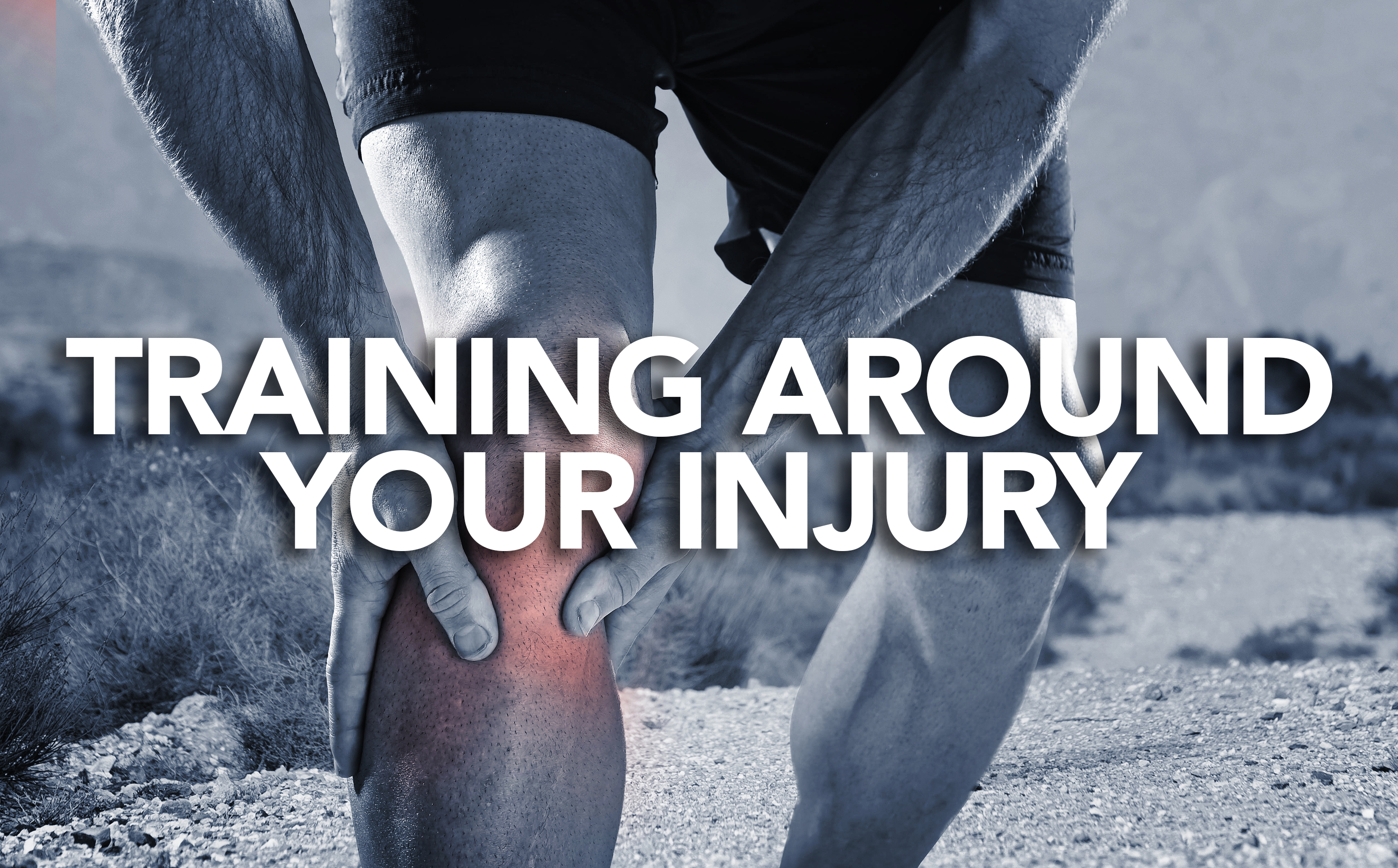Training Around Your Injury
Posted by Jarred Popp @jarred_popp on Aug 24th 2017
We spend countless hours in the gym going balls-to-the-wall and training our bodies to the limits. It's only a matter of time before an injury takes place. It could be a little minor, nagging pain or it could be one that knocks you to the floor. Here is where I went wrong over the years. I would always train through an injury no matter the severity of it because I was afraid all my hard earned muscle of the years would go to waste. Please, do not do that! If you do not property treat that injury immediately it could turn into a chronic problem overtime. But, if you are anything like me, you won't want to take time off because of an injury, so here are some things that will help you effectively train with an injury so that you won't miss significant time away from the gym.
KNOW YOUR INJURY
FIRST and most importantly, I would seek medical attention to figure out the severity of the issue. Once you know what the injury is and the treatment process you can set your training program to work around it while treating the issue at hand. Now you can kill two birds with one stone.
RE-CONFIGURE YOUR TRAINING PROGRAM
I currently am dealing with a shoulder issue that rooted from 3 years ago that I never let fully heal. I knew the movements that would irritate it and yet I would still do them. I wasn't making progress, it was 100% counterproductive. I have reconfigured my program completely to allow this injury to heal up and have retired the movements that would continuously irritate it. My revised training program has a major emphasis on lower body and arms until my shoulder heals so it will allow me to still work out and make progress for those specific groups.
KNOW WHEN TO STOP
It is extremely important to know the difference between pain and a REAL injury. During a workout, you may tweak something and experience pain. If you have any severe type of pain, stop working out right there and evaluate your symptoms to check the severity. You will thank yourself later. I can't tell you how many times I've tweaked something within the first few sets of my workout and I would tell myself, "You just got here bro, stop being a little wussy (but it was actually another word for that) it would be a waste if you didn't finish your workout." Every time I've done that it made that specific injury 10 times worse. There is a fine line between what is a real injury and what is just a nagging pain, and only a doctor can truly determine which one you have. So be smart!
RICE (REST-ICE-COMPRESSION-ELEVATION)
Most of you already know what RICE is so this will be a brief refresher. If you have some sort of injury you will probably experience swelling around the site of that injury. This is due to the swelling of the damaged tissue. This swelling can cause pain and loss of motion. RICE is a great way to treat that injury, reduce swelling quickly, alleviate pain, protect the injured area, and accelerate the healing process. As far as the amount of time you should ice and the frequency depends on the individual's schedule and severity of the injury.
ADJUST YOUR FORM/LOWER WEIGHT
Most lifting injuries arise from improper form and execution. If you are already experiencing pain, bad form will increase your risk for injury even more. Do NOT jerk or throw the weight around. Ask one of the veteran lifters or trainers at your gym to show you proper form if necessary. I also recommend using slower, more concentrated reps so you can feel that targeted muscle function. Using lighter weight and higher reps will allow blood to flow into that muscle and accelerate healing.
+ Share
